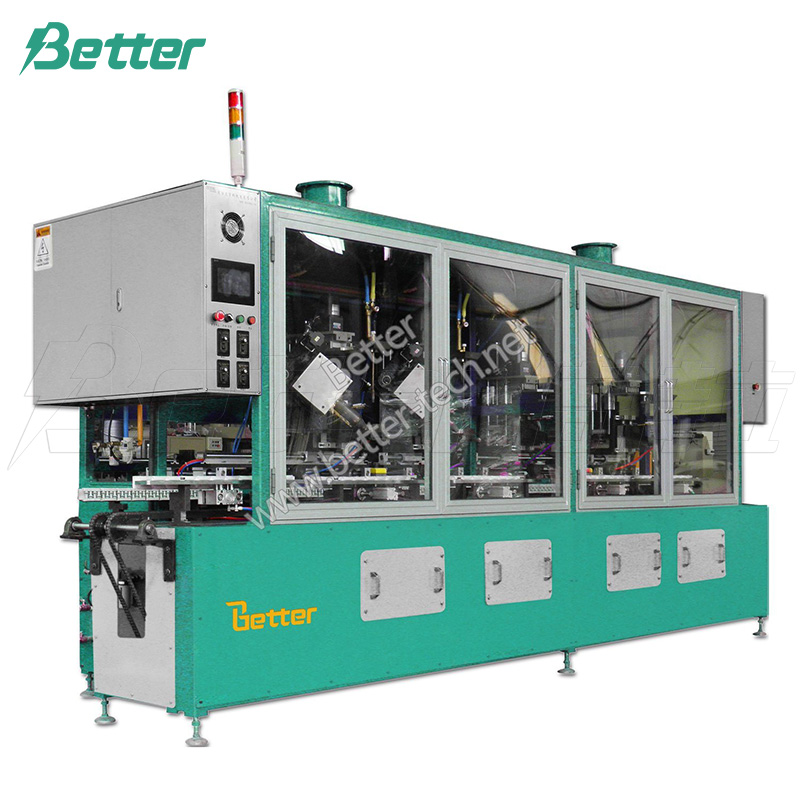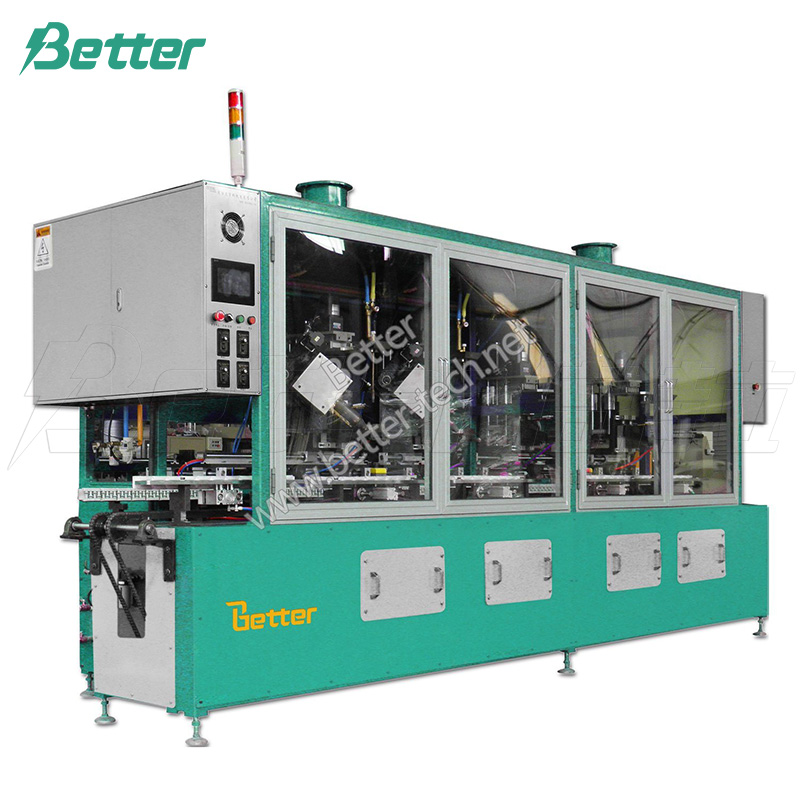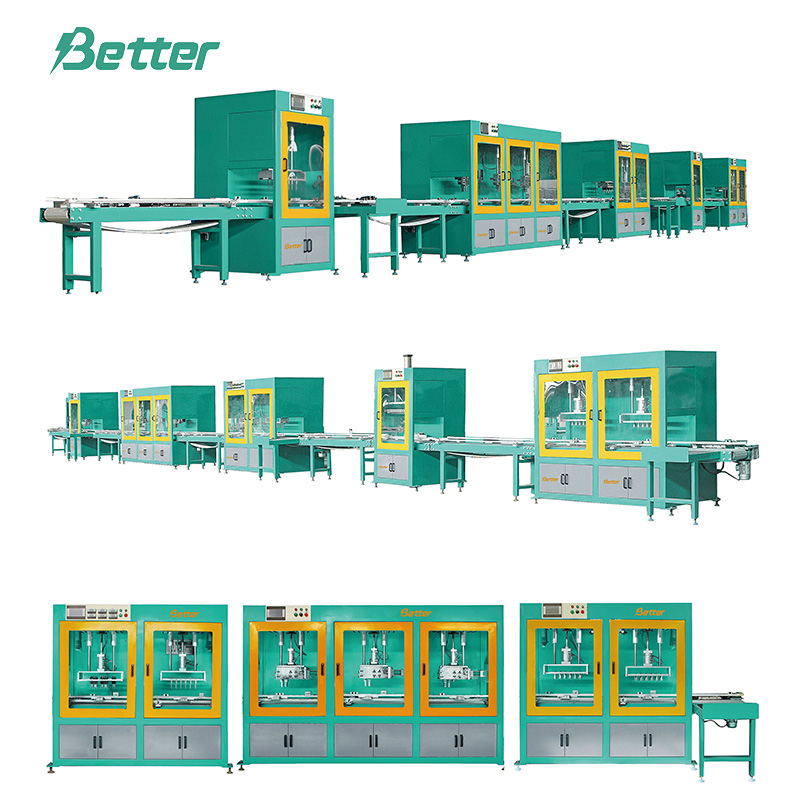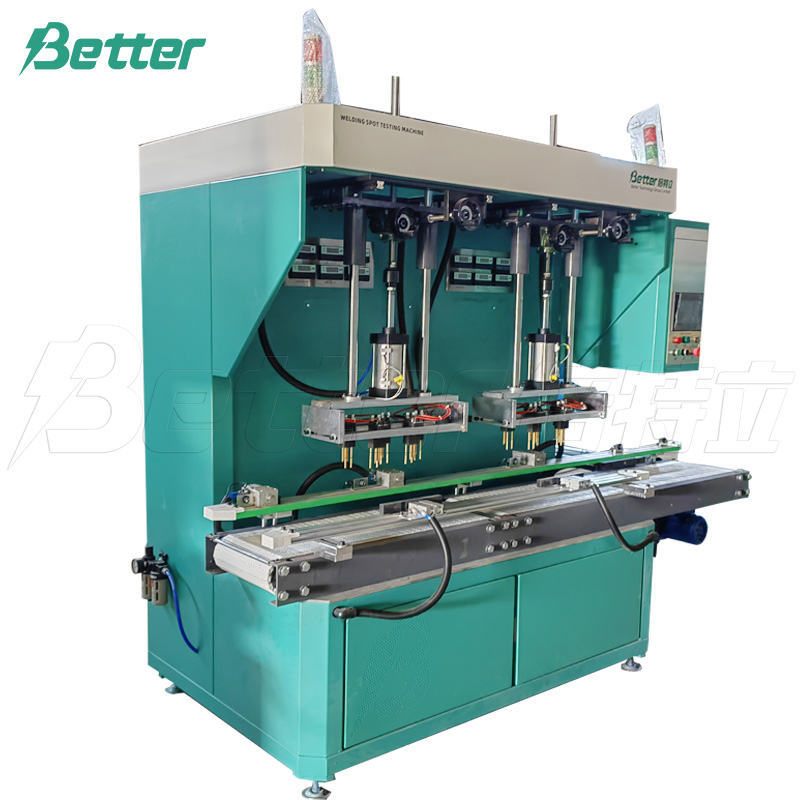
What are the Stages of Battery Manufacturing?
2025-02-20 18:00Battery manufacturing plays a pivotal role in the global economy, as batteries power everything from household electronics to electric vehicles and renewable energy systems. With an increasing demand for high-quality energy storage solutions, especially for electric vehicles and industrial applications, understanding the stages of battery manufacturing is essential for businesses aiming to enter or expand within the energy storage market.
In this article, we will explore the key stages of battery manufacturing, with a special focus on the battery production line, battery manufacturing equipment, battery machine, and the lead acid battery production process. Whether you're looking to scale production or invest in high-efficiency manufacturing technology, this guide will help you make informed decisions.

1. Battery Production Line: The Backbone of Manufacturing
The battery production line is the most crucial element in the battery manufacturing process. It is designed to automate and streamline the production process, ensuring high output and consistent product quality. A well-equipped battery production line integrates various stages, including mixing raw materials, assembling components, and conducting quality checks. By focusing on continuous improvement and precision, modern production lines maximize throughput while minimizing waste, which is particularly vital for businesses looking to maintain competitiveness in a high-demand market.
A typical battery production line involves several key stages:
Material Preparation: This includes mixing the essential raw materials such as lead oxide, sulfuric acid, and other components for lead acid batteries or lithium-ion materials.
Electrode Formation: The electrodes are formed through a precise process that ensures high conductivity and durability.
Assembly: Components like positive and negative electrodes, separators, and electrolytes are assembled into the battery cell.
Testing and Quality Assurance: To ensure reliability and performance, the battery is thoroughly tested for voltage, current, and capacity under various conditions.
Using an advanced battery production line allows companies to scale their operations, achieve faster production times, and meet the increasing demand for batteries in industries like automotive, telecommunications, and energy storage.

2. Battery Manufacturing Equipment: Ensuring Precision and Efficiency
In order to build a high-quality battery, state-of-the-art battery manufacturing equipment is required. This equipment is designed to handle the complexities of battery production, from raw material processing to final assembly and testing. Each piece of equipment plays a specific role in ensuring that the final product meets rigorous safety, performance, and quality standards.
Key components of battery manufacturing equipment include:
Mixing Machines: Used to combine raw materials such as lead, acid, and other compounds to form active materials. This stage is critical for ensuring uniform consistency in the final battery.
Casting Machines: These machines form the plates and electrodes by casting molten lead or other materials into precise molds.
Pressing and Rolling Machines: These machines are essential for creating the thin and uniform electrode sheets that are used in the battery cells.
Formation Equipment: This equipment applies charge/discharge cycles to ensure the battery’s electrodes achieve the correct chemical composition and structure.
Packaging and Sealing Equipment: After formation, packaging and sealing equipment ensures that each battery is securely encased, preventing any leaks or damage during transportation.
Battery manufacturing equipment is designed for durability and precision, ensuring that each product is made to specification. It is also optimized for flexibility, allowing businesses to produce different types of batteries, from lead-acid to lithium-ion.

3. Battery Machine: Automation at Its Best
A battery machine refers to specialized equipment that is designed to handle specific tasks within the battery production process. These machines are essential for automating processes and improving the efficiency and speed of production. Battery machines are designed to perform highly specialized tasks, such as electrode coating, assembly, and testing, with an accuracy that would be difficult to achieve manually.
Battery machines include:
Electrode Coating Machines: These machines apply active materials to the electrode plates, ensuring uniform coating thickness and consistency.
Welding Machines: After assembling the internal components, welding machines are used to securely join them together, making sure there is no compromise in battery performance.
Testing Machines: These machines perform critical testing to verify the battery's performance, such as checking voltage, discharge time, and cycle stability.
Automation through battery machines enhances the overall efficiency of production lines, reduces labor costs, and improves consistency in product quality. By minimizing human error, businesses can maintain higher quality standards while also increasing production volumes.
4. Lead Acid Battery Production Process: A Timeless Solution
Among the different types of batteries, lead-acid batteries remain one of the most widely used due to their reliability, cost-effectiveness, and long lifespan. The lead acid battery production process involves several specialized stages, including the preparation of lead oxide, the formation of plates, and the assembly of the battery.
The lead acid battery production process typically includes:
Lead Oxide Production: Lead is processed into a fine powder, which is then used in the formation of battery plates.
Plate Formation: Lead plates are formed by placing lead oxide on metal plates and then subjecting them to electrical charges to establish a chemical reaction.
Assembly: The positive and negative plates, separators, and electrolyte are assembled into the battery case, which is sealed and ready for testing.
Charging and Testing: The batteries undergo a charging process, after which they are tested for performance and safety.
Due to their high discharge capacity, lead-acid batteries are commonly used in vehicles, backup power systems, and other energy storage solutions. As a result, businesses that manufacture lead-acid batteries can cater to a wide range of industries, including automotive, renewable energy, and telecommunications.

Why Choose a Battery Production Line for Your Business?
Investing in a battery production line that incorporates advanced battery manufacturing equipment and battery machines enables businesses to stay ahead of the curve. With increasing global demand for batteries, particularly for electric vehicles and renewable energy storage, having a streamlined production process is key to ensuring profitability and growth.
By understanding the nuances of the lead acid battery production process and equipping your factory with the right tools, you can produce high-quality, reliable batteries that cater to multiple industries. Whether you’re looking to expand your battery manufacturing capabilities or start a new production line, investing in the right equipment and technology is essential for staying competitive in a rapidly evolving market.
If you are interested in setting up or expanding your battery production line, consider partnering with reputable manufacturers to source high-quality battery manufacturing equipment and battery machines tailored to your specific needs. By doing so, you can ensure that your operations are efficient, cost-effective, and capable of meeting the growing demand for reliable, high-performance batteries.
